Posted: 2nd August 2021 | Back to news feed
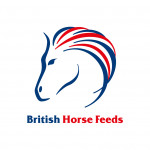
Gastric health can have a huge impact on your horse or pony’s wellbeing. Gastric ulcers, also known as Equine Gastric Ulceration Syndrome (EGUS), are where an area in the stomach lining erodes because of gastric acid.
Horses and ponies are hindgut fermenters, and the stomach is divided into two parts. Part of the digestive process, the glandular region (lower part of the stomach) produces gastric acid continuously to prepare the breakdown of food. At the same time mucous is produced which acts as a protective barrier from the acid. The upper part of the stomach (non-glandular) is more fragile because it does not have a protective lining.
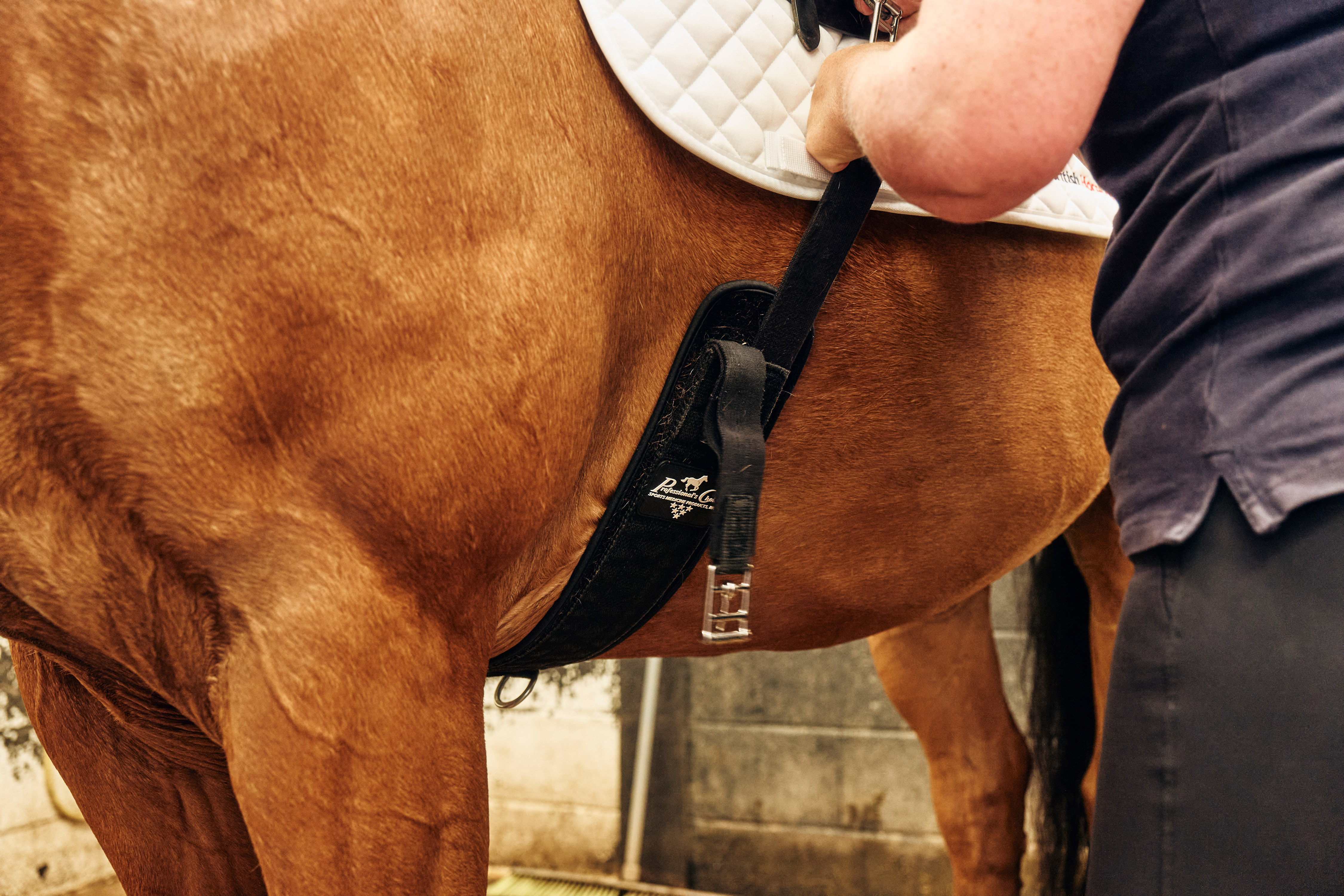
Gastric ulcers are caused in this area because of the gastric acid in the lower region sloshing up when not enough fibre has been fed. Fibre soaks up the acid and acts as a buffer. Ulcers can also form in the lower region of the stomach if there isn’t enough mucous produced.
Saliva is a natural buffer in the upper part of the stomach, but is only produced when the horses chew their feed, whereas the acid is produced continuously.
Fibrous feed stuffs such as grass, chaff, beet pulp, hay and haylage are crucial, they require more chewing and create more saliva. Concentrate feeds don’t require as much chewing and travel through the digestive system far quicker.
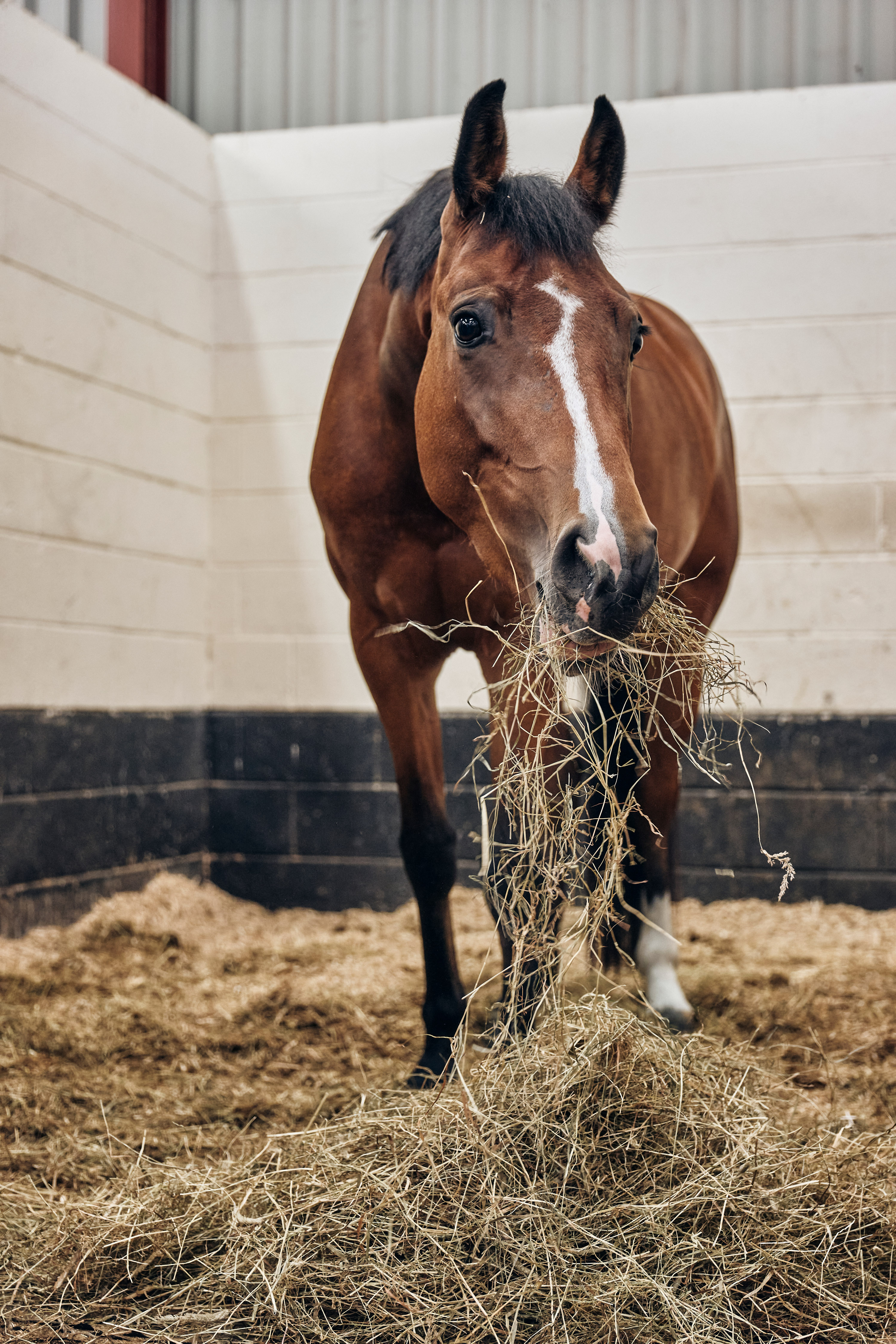
Just looking at wild horses, gives enough evidence to see horses have evolved to trickle feed and graze for long periods of the day. The fibrous material eaten acts as a sponge, soaking up the acid. Modern management today, especially with performance horses, means that they are stabled a lot longer and fed diets high in starch and low in fibre.
Horses that are stressed can have increased levels of corticosteroids which can reduce blood flow to the stomach lining. This then additionally makes the stomach more susceptible to gastric acid damage.
Any horse or pony is susceptible to gastric ulcers and unfortunately there is no definitive set of symptoms to form a diagnosis, but there are signs owners can look out for.
- Sensitivity when grooming around the abdomen or when tightening up the girth.
- Loss of appetite, weight or condition
- Poor coat condition
- Reluctance to work or reduced performance
- Change in temperament – grumpy or not themselves
- Reoccurring colic
If you believe your horse or pony shows any of the above signs, seek veterinary advice. The only way to actually diagnose gastric ulcers is through gastroscopy – a camera that goes down the horse’s oesophagus into the stomach.

For this procedure, the horse must be sedated and has to fast 8-16 hours prior to the procedure so that the stomach is empty to be able to see clearly inside. The ulcers are graded on the severity, 0 is normal and 4 is severe ulceration.
How to prevent Gastric Ulcers
The main contributing factor to gastric ulcers is the diet. Horses and ponies need a high fibrous diet to buffer the acid in the stomach.
Grass, hay and haylage (forage), should form the majority of the horse’s diet. Cereals should be kept to a minimum and paired with a fibre base to make sure acid is buffered. Alternatively, use feeds that use fibre and oil as energy sources that are low in starch; this is more natural for horses. Talk to the team at BHF for more advice, as if your horse is overweight, oil may not be the best to use.
If feeding concentrate feeds, they should be split into smaller meals with forage fed in-between.
Turnout and ad lib forage is very important – this mimics the life of wild horses as close as possible. 24 hour turnout is ideal but in today’s modern era is unachievable for most. Keeping your horse or pony out for the longest amount of time you can will have a positive effect in their digestive health.
If grazing is poor and equines are stabled, give ad lib forage which means they are able to graze constantly.
In stressful situations like travelling or when the farrier is there having forage to eat helps buffer any acid that is created.
How are gastric ulcers treated?
Treatment for ulcers will depend on the grading. For the least severe cases, sometimes a reduction in workload for equines who normally have a high work regime, coupled with a more natural lifestyle or the ability to graze on forage can help.
For ulcers that are graded at 4, proton pump inhibitors would be prescribed daily which suppresses the acid production. Long term management will need to be implemented to reduce the risk of ulcers forming again in the future.
What feed is suitable for a horse or pony with gastric ulcers?
If your horse or pony does have gastric ulcers, make sure you are feeding good levels of forage. For concentrate feed, high fibre and low starch feeds should always be the base.
Find feeds with alfalfa – naturally high in protein and calcium which can help neutralise the stomach acid and aids in reducing the risk of ulcers developing.
Fibre-Beet is a super-fibre conditioning feed formulated to contain all the benefits of Speedi-Beet with added high quality alfalfa for optimum condition and quality protein. The highly degradable fibre sources in Fibre-Beet provide optimum fermentation patterns to help keep the digestive system healthy.
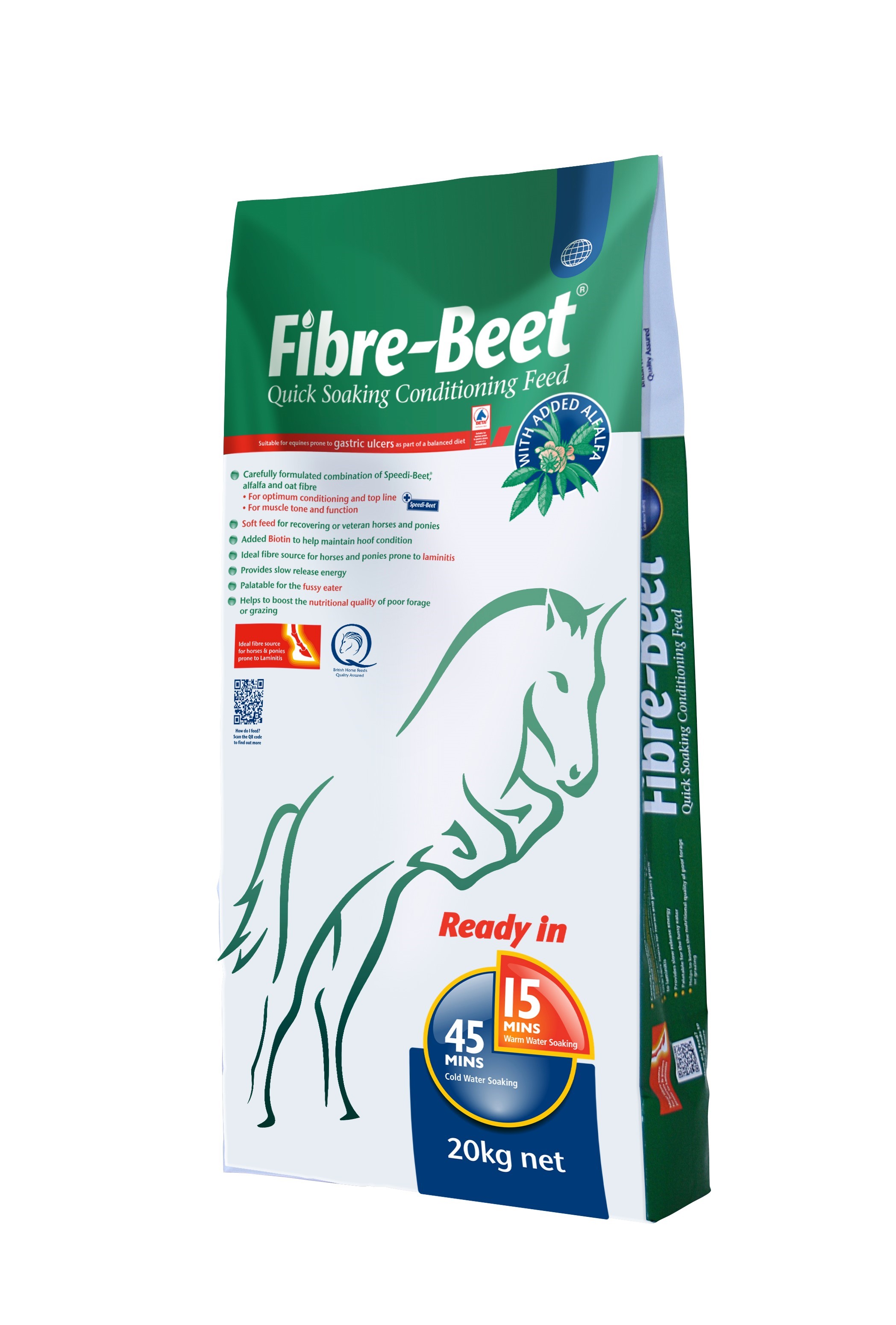
Fibre-Beet when fermented produces high levels of butyric acid, which aids the function of the cells of the gut wall, and low levels of lactic acid, making it an ideal alkaline feed.
With an effective degradability 50% higher than forage fibre, Fibre-Beet can improve energy intake whilst keeping dietary fibre levels at an optimum.
Both Fibre-Beet and Speedi-Beet have been awarded the Gastric Ulcer Feed Assurance Mark by the British Equestrian Trade Association.
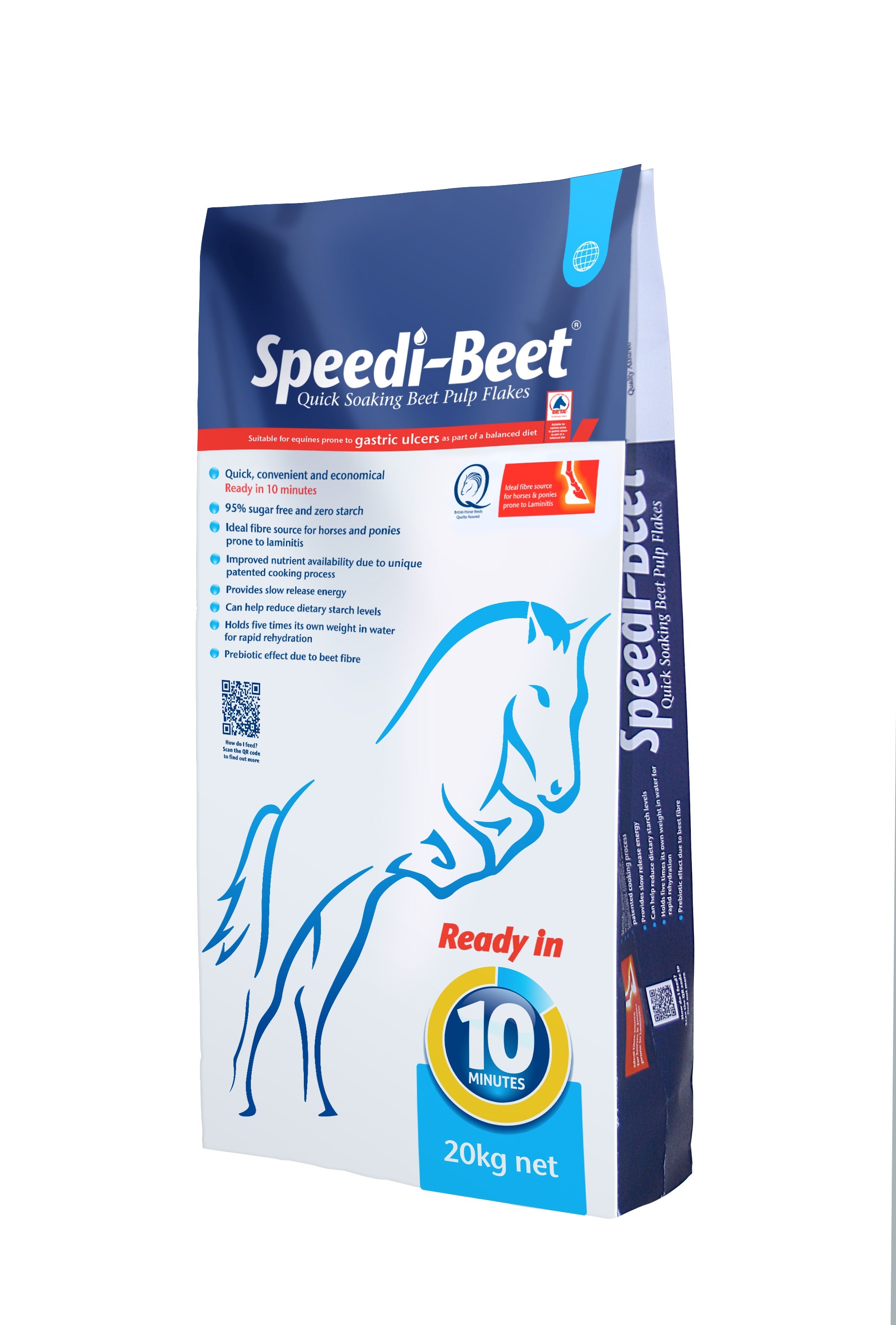
Consult your vet for any veterinary advice or contact one of the team at British Horse Feeds for feeding advice.
The Equestrian Index newsfeed is compiled from articles submitted by advertising members and expresses the opinions of those members. Watsons Directories Ltd shall not be held liable for any inaccuracies or mis-statements therein.
